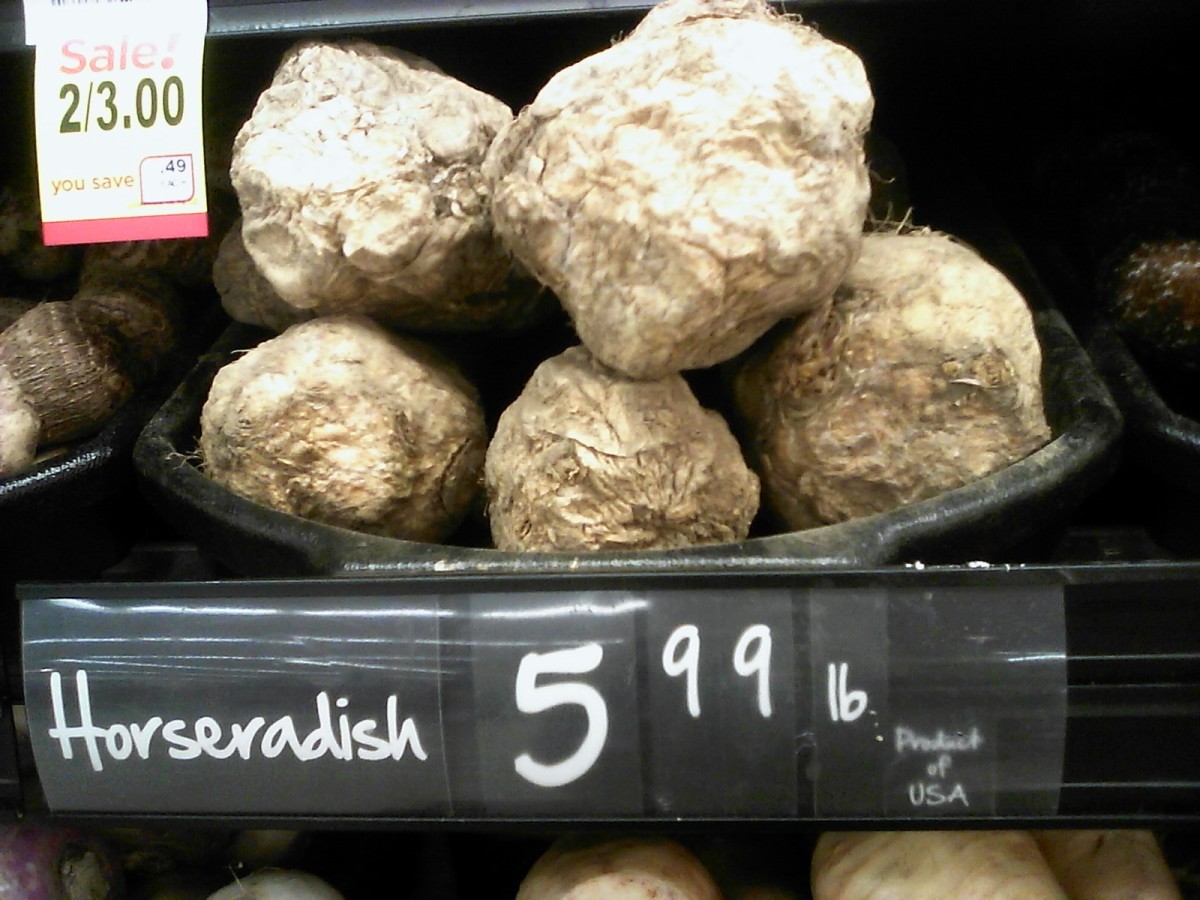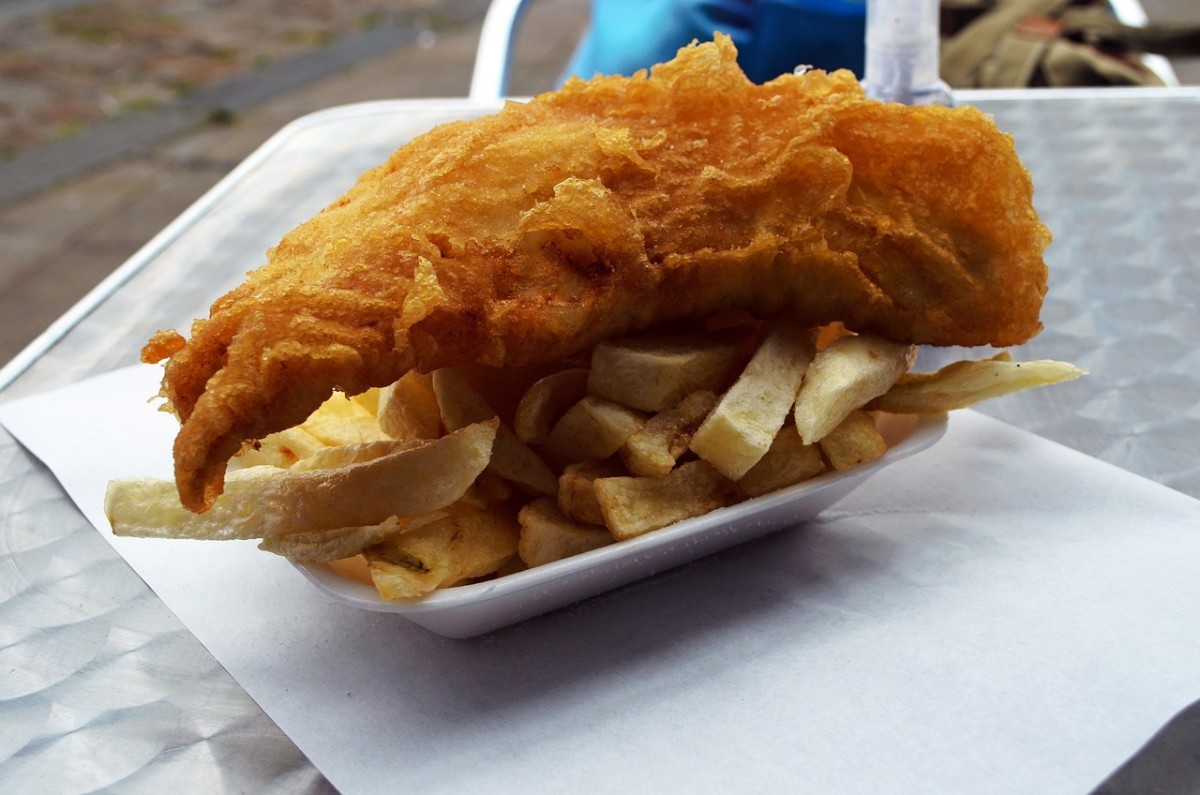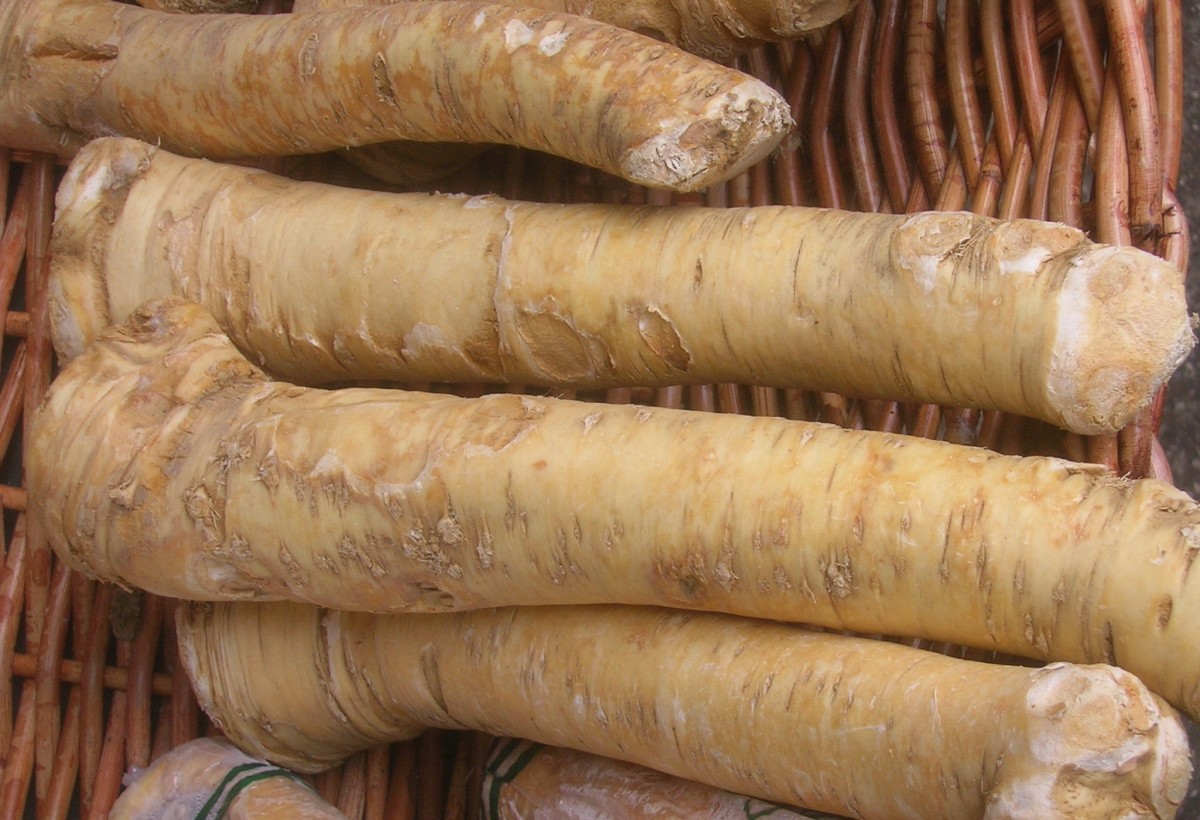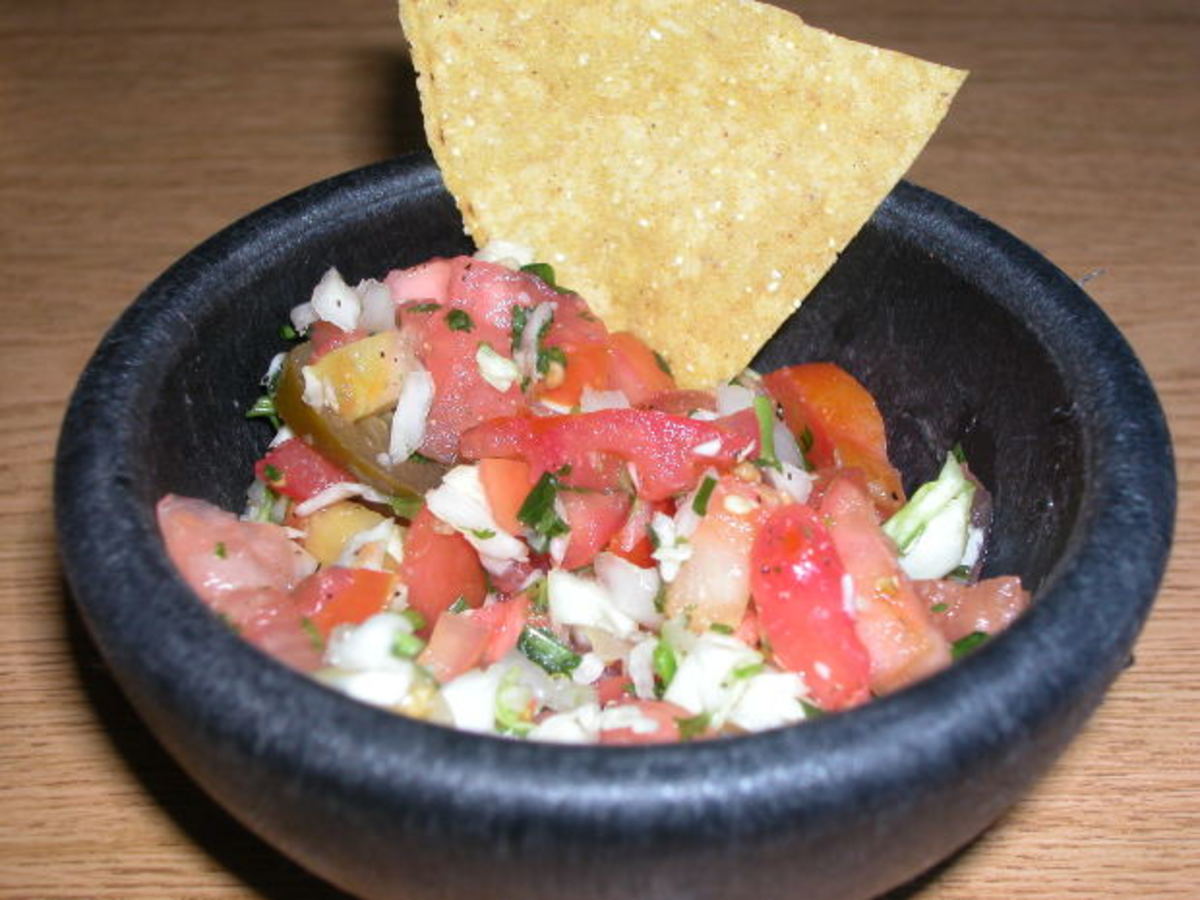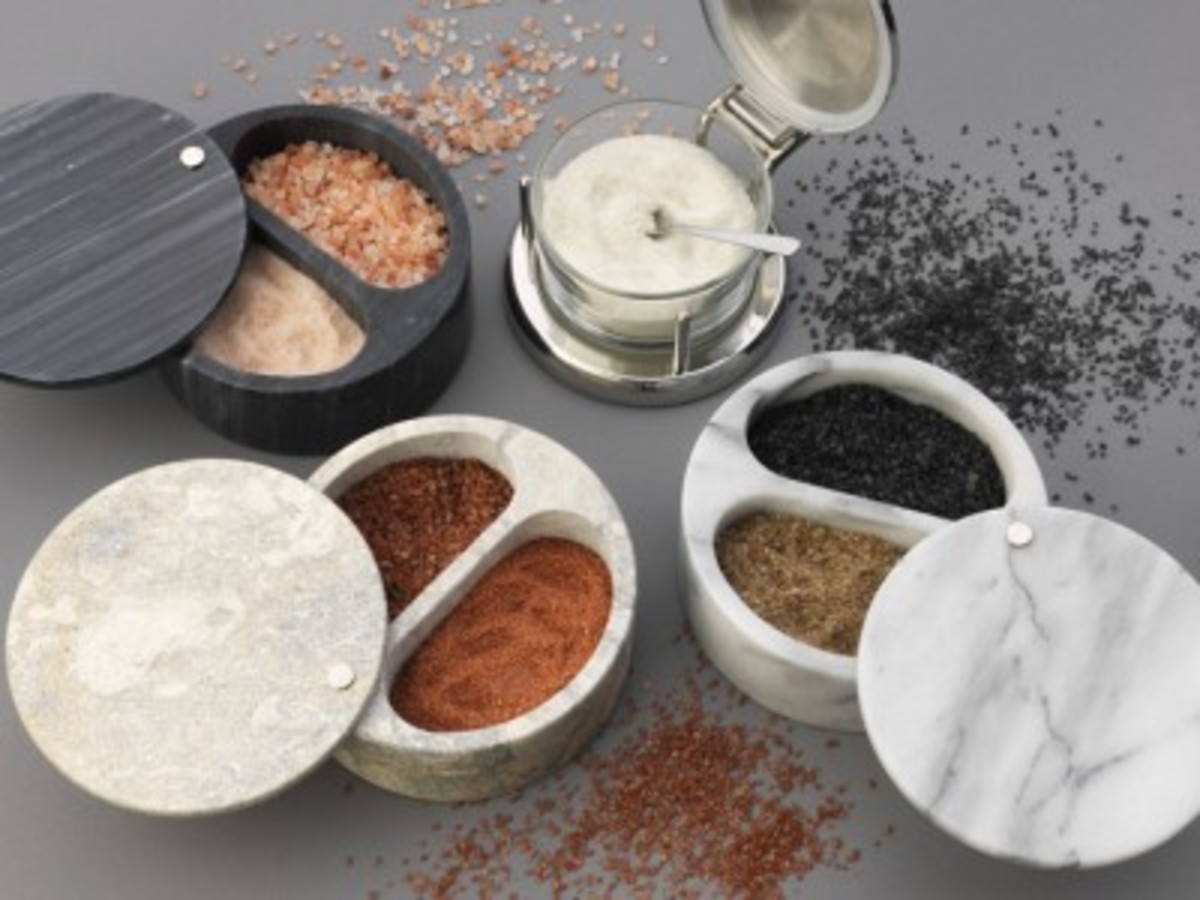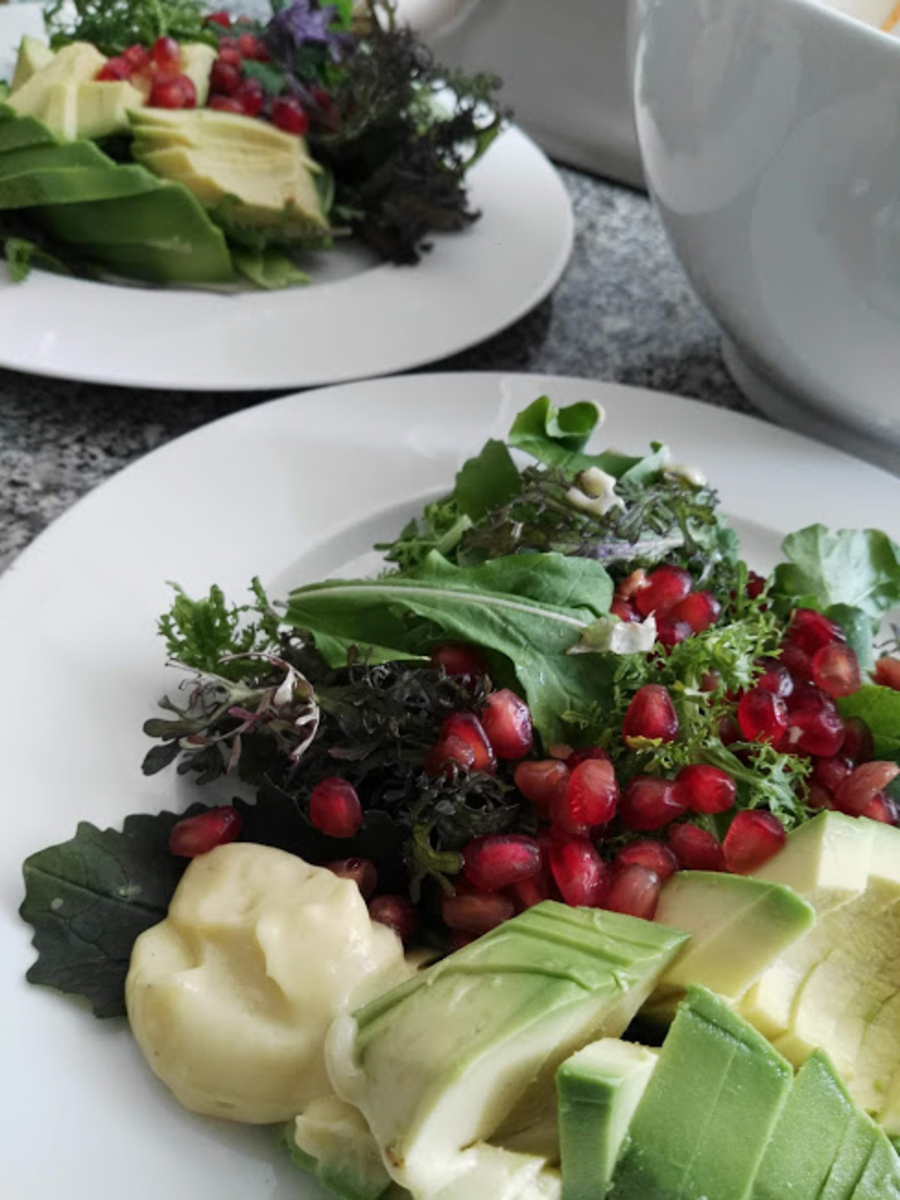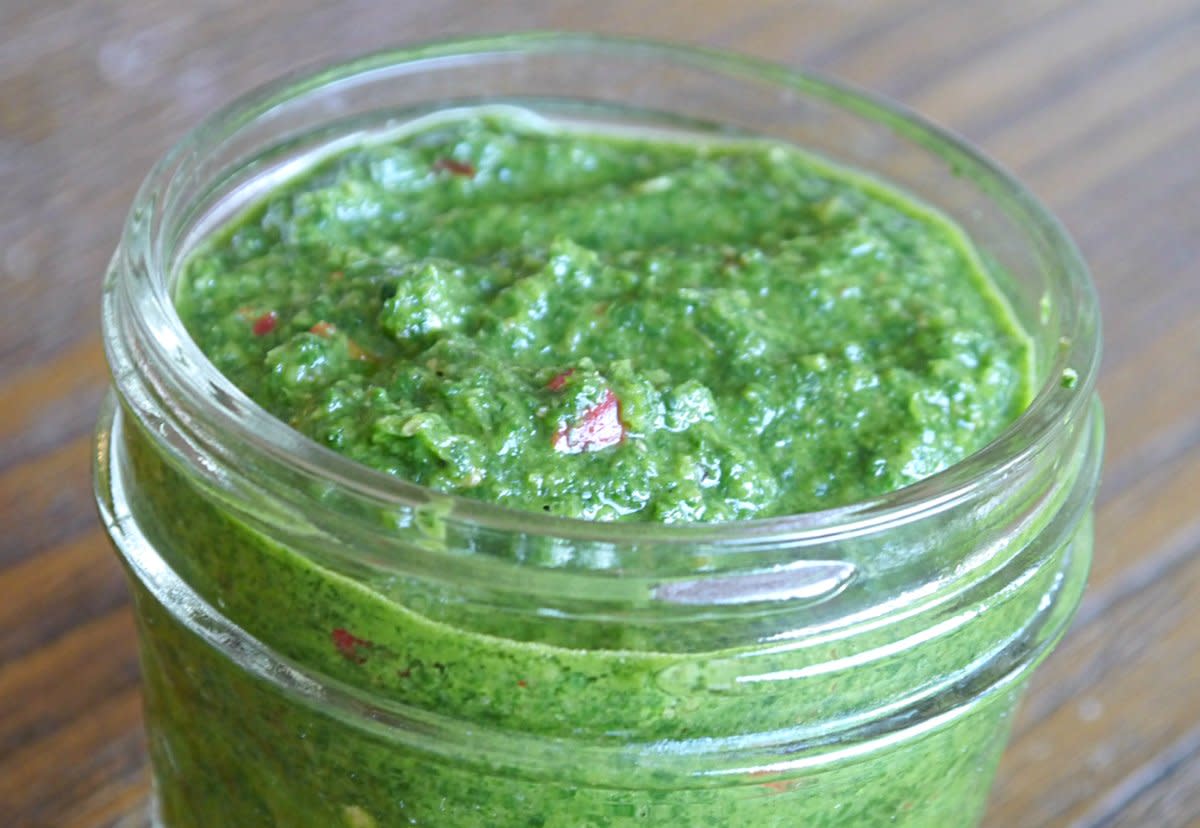Horseradish: A Condiment with a Kick.
Horseradish: Enhances flavor and health.
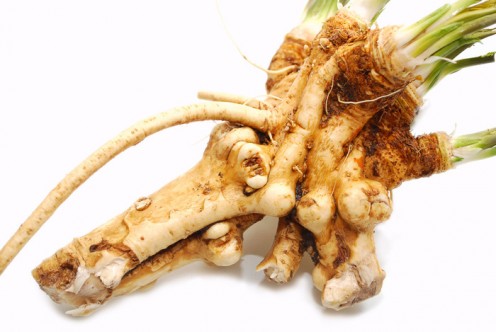
No horsing around, horseradish can pack quite a punch. It is one condiment with an attitude. Full of spunk, it can knock the wind out of you if you’re not cautious. But ask any horseradish fan, and they will tell you that certain dishes just aren’t complete without a dash of the spicy grated root. Cocktails would be blah, your roast beef sandwiches would be mundane and the Passover meal would lose its meaning without the ubiquitous presence of horseradish. Horseradish was one of the bitter herbs used to commemorate the “bitterness” of their enforced slavery.
So, what’s the deal with horseradish? To get to the root of this ancient root, let’s start with some basics.
What is Horseradish?
If the name gives, then horseradish is most decidedly a root. The prefix “horse” (meaning big or coarse)was given to distinguish it from its daintier cousins, the smaller radishes. A perennial plant, a member of the mustard family which includes famous siblings such as mustard, wasabi, broccoli and cabbages, horseradish can holds its own because it produces large white, tapered root which is used extensively for its culinary and medical capabilities.
Freshly grated horseradish can kick quite a punch
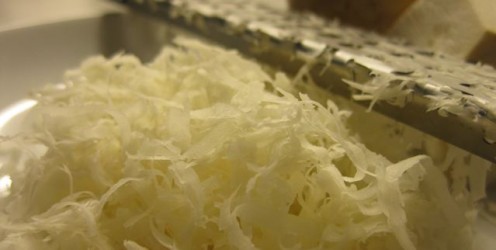
What Gives?
The root has hardly an aroma at all. But bruise or grate it and the potency escapes with a mighty force. It is said that one drop of the essential oil of horseradish can infuse the whole room.
Grating horseradish cause the cells to break down and release two active ingredients: Sinigrin, a crystalline glucoside and Myrosin, an enzyme found in the root. When these two ingredients come together, they produce a spicy pungent volatile oil called Allyl isothiocyante. And watch out, these Allyl guys (not its official name, but one I assign), can run amok and assail your nostrils and attack your taste buds with kicks and bites.
But Ally isothiocyanate breaks down easily in the presence of air and heat. It loses its sting and will darken in color if not mixed with vinegar.
Tracing its ancient roots
As far back as 1500 B.C., the Egyptians were using it. The Passover feast (linked to the Exodus of Jews from Egypt) included horseradish as one of the bitter herbs used. The early Greeks tapped the spicy heat of horseradish and use it as rub for lower back pain and as an aphrodisiac.
However, some sources believed that horseradish originated in Central Europe because of its name. The German word for horseradish, “meerrettich” means sea radish and since horseradishes grow by the sea, it makes sense.
Horseradish consumption spread during the Renaissance from Central Europe to Scandinavia to England. By the 1600s, horseradish was commonly used to as a condiment for beef and oysters among Englishman. The Early settlers brought the root to North America and cultivated it in the colonies.
By 1890s, a thriving horseradish industry had taken roots in the fertile soil of Illinois. Today, Collinsville, Illinois produces two-thirds of the crop.
Uses
Horseradish can be found in various forms. The basic horseradish is prepared with distilled vinegar. Spices and other ingredients added to enhance or preserve flavor include salt, sugar, cream and vegetable oils.
You can find various varieties of prepared horseradish in the supermarkets: Cream Style Prepared horseradish, horseradish sauce, beet (red) horseradish and dehydrated horseradish. They come with various added ingredients and their texture runs from smooth to coarse.
Tap into the zing and zest of horseradish and use it for a number of food preparations or eat it as accompaniment to your food. Below are a number of ways horseradish can be used in food:
- Cocktails.
- Cocktail sauce.
- Dips.
- Marinades
- Casseroles
- Soups
- Enhances sandwiches, wraps, ommelettes, cold cuts, hot entrees and seafood.
Need ideas? Check these out:
Horseradish at its Best
Since horseradish loses its pungency and bite upon exposure to light and heat, only buy the amount you need to use. Once it is opened, keep it in tightly covered jar and keep it refrigerated to protect freshness.
When serving, serve only desired amount in a glass or ceramic bowl and it tarnishes silver.
Health Benefits
So what good is taste without of dollop of health benefits? Thankfully, horseradish delivers both flavor and health.
- Fights Obesity
This is good news for some 97 million Americans grappling with the weight problem. The National Hear, Lung and Blood Institute accorded horseradish high marks for fighting fat with its low-fat, high flavor qualities.
- Anti-Bacterial
The Agricultural Research Service and Oklahoma State University revealed that horseradish fights Listeria, E.coli, Staphylococcu aureus and other food pathogens found in your food. What better way to kill these bacteria than to add a dash of horseradish?
- Helps Digestion
When taken with oily fish or rich meat, it proves to be an excellent stimulant to the digestive organs, aiding digestion.
- Cosmetic Benefits
By applying an infusion of slices of fresh horseradish steeped in milk, it can clears skin and restore freshness. When horseradish juice is mixed with vinegar, it can lighten freckles when applied topically.
- Relieve Whooping Cough
The same mixture mentioned above when diluted with water and sweetened with glycerine brings relief to whopping cough.
- Clears Mucus
According to UCLA History & Special Collection, a gargle can be made with ground horseradish, water and some honey to improve mucus clearance.



